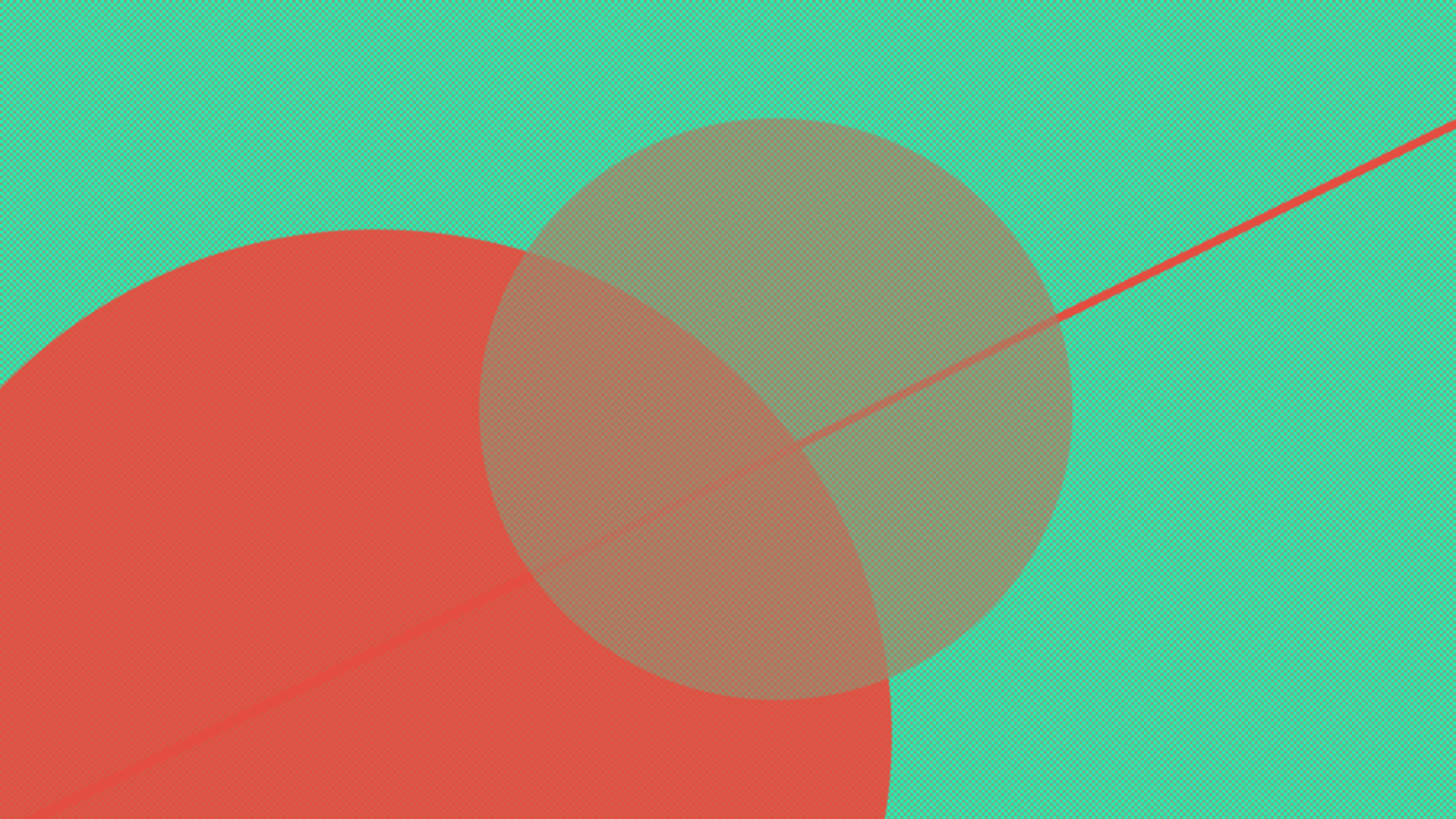Is it okay to be just another researcher?
You’ve finally managed to satisfy the difficult reviewer and the pesky editors, and your manuscript has been accepted for publication. It has taken many many hours of often frustrating work but it can now be neatly filed in pubmed with all the other papers and added to your CV.
But what next? Well, hopefully someone will read it. However, there is a problem; your paper doesn’t describe a panacea, there are no cute pictures of tiny lizards and it may get lost in the wash of important news stories that continue to roll.
Hmmm…. I wouldn’t worry too much though. I’m sure someone will read it. In a year or two it might start to get cited and it will probably be useful for the introduction to someone’s PhD thesis. Your Mum is going to be really pleased that you’ve published a paper and, hey, imagine how cool it will be to say you’re a published author the next time you’re at a party.
Is that it? Surely not! Your research is important and that’s why you started the project in the first place. You want it to make an IMPACT don’t you? So, is it enough to be just another researcher?
I recently came across these two youtube videos that aim to broaden the impact of research. I would argue that in the age where the internet allows you to easily access many thousands of minds it is not enough to merely cast your work adrift in pubmed and hope for the best.
What do you do to make your research stand out? If you know of any other examples of researchers making the most of their work drop me a line in the comments box!
Jonathen Smith: They Go To Die
Jonathen Smith, a lecturer in Global Health and Epidemiology at Yale University, has made a documentary about his experiences of researching the TB epidemic among South African gold miners. “I became acutely aware that the end result of any research conducted on this issue is that miners continue to die.”
Susanna Cramb: Bayesian Spatio-Temporal Modelling
Susanna Cramb, a PhD student at the Queensland University of Technology, demystifies her research using Bayesian spatio-temporal modelling through the medium of animated Lego.

Jonathan Smith is doing great work and bringing a lot of attention to TB among miners. Documentaries by researchers are a great avenue to disseminate research and show the human cost of what is going on rather than the numbers and figures we (generally) talk about. I interviewed Jonathan on my blog if you want to read more about his work: http://mrepidemiology.com/tag/they-go-to-die/
Another person whose work I really like is Statistics Hell by Andy Fields (http://www.statisticshell.com/). It’s not for the public, but is a great way to make statistics accessible for researchers/students etc.
Hi Mr Epidemiology,
Thanks for these they’re great. I’m looking forward to reading your interviews with Jonathan Smith.
I have to say Statistics Hell is the weirdest thing I’ve seen in a while. It seems fitting that Andy Fields is a Professor of Child Psychopathology.
Cheers, Paul
A beautifully moving piece of video by Jonathen Smith. I think his is the finest bit of science translation I’ve seen in a very long time.
I was also impressed with Andy Fields’s tour through Factor Analysis. I wish I’d had access to his stuff when I was a graduate student.
For a variety of reasons it’s becoming increasingly important for researchers to get their message out and I wish everybody (journals, researchers, universities, ministries of education) the best of luck.